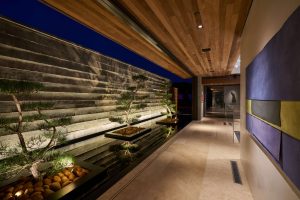
Luminance Contrast and Light Reflectance Values (LRVs) in Lighting Design
In lighting design, “contrast” often refers to variations in brightness caused by adding or removing luminaires and adjusting their output in a way that achieves

In lighting design, “contrast” often refers to variations in brightness caused by adding or removing luminaires and adjusting their output in a way that achieves
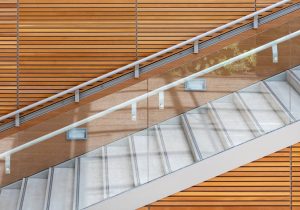
Relating material properties to light source properties, location, and orientation can maximize the luminance of specific areas. The following light reflectance value (LRV) contrast levels
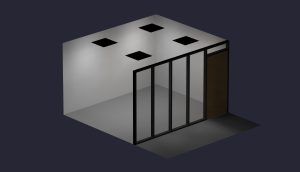
Modeling glazing can be essential to accurate lighting simulation, but elements such as curtain walls, glass wall partitions, and windows do not significantly interact with light in

Unlike other common architectural materials, the reflection from transparent glass may be omitted in typical lighting simulation. This is because smooth glass reflects light in
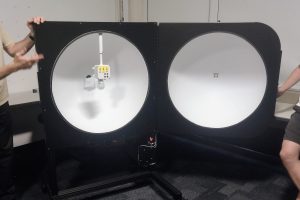
Vela Photometrics uses light reflectance values (LRVs) of 80% for ceilings, 50% for walls, and 20% for floors unless any other material details have been
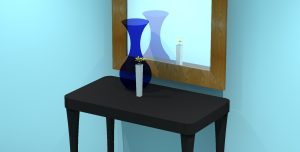
Spaces are illuminated not only directly by light sources, but also by indirect light reflected off of objects. Additionally, many spaces are illuminated by light
Feel free to reach out with any questions related to functional lighting design and simulation services.
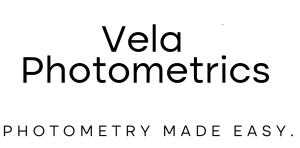
©2024 Vela Lighting LLC. All rights reserved.